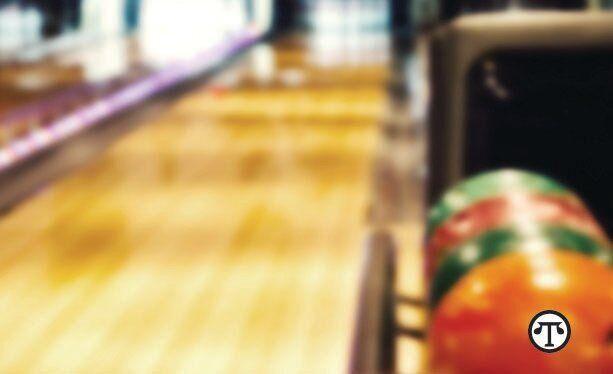FOR YOUR HEALTH: Types of home care services
 Home health aides are professionals who can help with self-care, housework, cooking and more. They might also perform some basic medical tasks. Home health aides sometimes have medical training, so they might be certified nursing assistants (CNAs) or licensed practical nurses (LPNs). However, there aren’t any specific standards requiring a home health aide to have particular training or certification. If you’re looking for someone to help with any medical-related tasks, ask about certifications when choosing your provider. Medicare or Medicaid might pay for help from a home health aide.
Home health aides are professionals who can help with self-care, housework, cooking and more. They might also perform some basic medical tasks. Home health aides sometimes have medical training, so they might be certified nursing assistants (CNAs) or licensed practical nurses (LPNs). However, there aren’t any specific standards requiring a home health aide to have particular training or certification. If you’re looking for someone to help with any medical-related tasks, ask about certifications when choosing your provider. Medicare or Medicaid might pay for help from a home health aide.
Nurses
Home care nurses often handle the basic medical needs of those aging in place, like tracking their vitals, giving them IV medications and changing bandages. These professionals could either be licensed practical nurses (LPNs) or registered nurses (RNs). The higher level of care a person needs, the more likely their nurse will be an RN. Sometimes, a nurse will visit a patient less frequently but will manage a team of home health aides that visits the person every day. Medicare or Medicaid might pay for help from a home care nurse.
Geriatric care managers
Geriatric care managers are professionals that help caregivers figure out how much care their loved one needs and what living situation might be best for them. They also help caregivers and families navigate the medical system and figure out how to pay for care and hire appropriate home care professionals. Geriatric care managers often have backgrounds in gerontology, social work, nursing, psychology or another related field. You’ll often have to pay out-of-pocket to hire a care manager, but it could be worth the investment if they help you save money in other ways.
Companion services
Companion services vary a lot. Companions might just be someone who keeps your loved one company, or they might also offer transportation and housekeeping services. Companions don’t handle any medical tasks, and they don’t usually help with bathing, grooming or other activities of daily living (ADLs). Because these individuals don’t provide medical care, Medicaid and Medicare won’t pay for them. You may be able to find a community service organization, like Volunteers of America, that provides these services for free.
Meals on Wheels
Meals on Wheels is a national organization that operates in most communities in the United States. It works with local businesses and volunteers to serve meals to people over 60. The organization delivers meals to people in their homes, and the volunteers who drop meals off provide some companionship to seniors. The group also serves meals in local community centers, so people who can drive can get out of the house to socialize. These services are free or low-cost, depending on where you live.
Community villages
Villages are nonprofit organizations designed to help people age in place. Villages coordinate volunteers and paid workers to organize social and educational activities. Villages typically offer transportation services and limited in-home assistance as well as discounted services from health professionals. Each village is independently operated, so the services offered in your area will vary. To find out about a village near you and learn more about these organizations, visit the Village to Village Network’s website.
PACE programs
Programs of All-Inclusive Care for the Elderly, or PACE, is a part of Medicare and Medicaid. The programs provide as much care as feasibly possible to people in their own homes. For example, someone in a state with PACE might be eligible for in-home care, social work counseling and many other services.
Programs in different parts of the country have slightly different offerings, but the overall goal is to keep people in their own homes as long as possible. These programs currently exist in just over 30 states, but they don’t necessarily cover the entire state. To find out about PACE programs in your area, visit the PACE page on the Medicare website.
Article shared by ConsumerAffairs.com







 The second half of your life can bring some of your most rewarding decades. You may be more confident than your younger self. You gain wisdom and patience. Sure, your hair sprouts more grays and your face sports more lines. But you can grow older with your body and mind as healthy as they can possibly be.
The second half of your life can bring some of your most rewarding decades. You may be more confident than your younger self. You gain wisdom and patience. Sure, your hair sprouts more grays and your face sports more lines. But you can grow older with your body and mind as healthy as they can possibly be.

